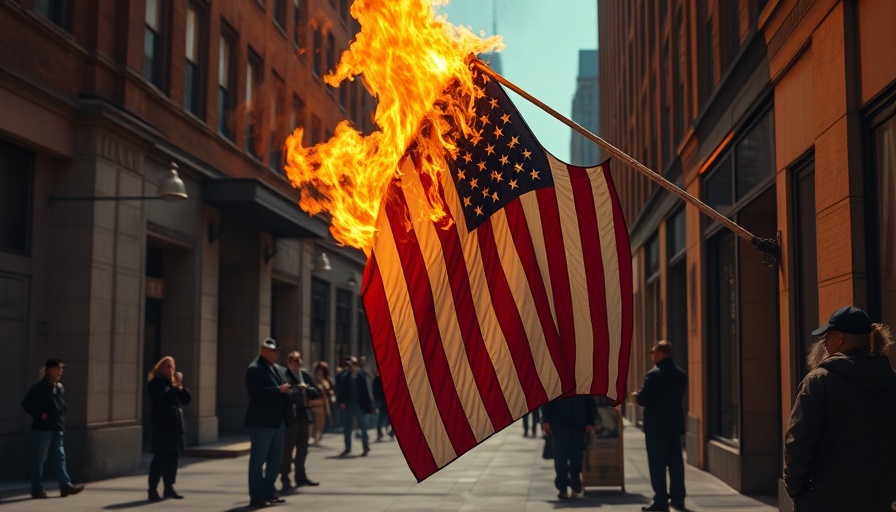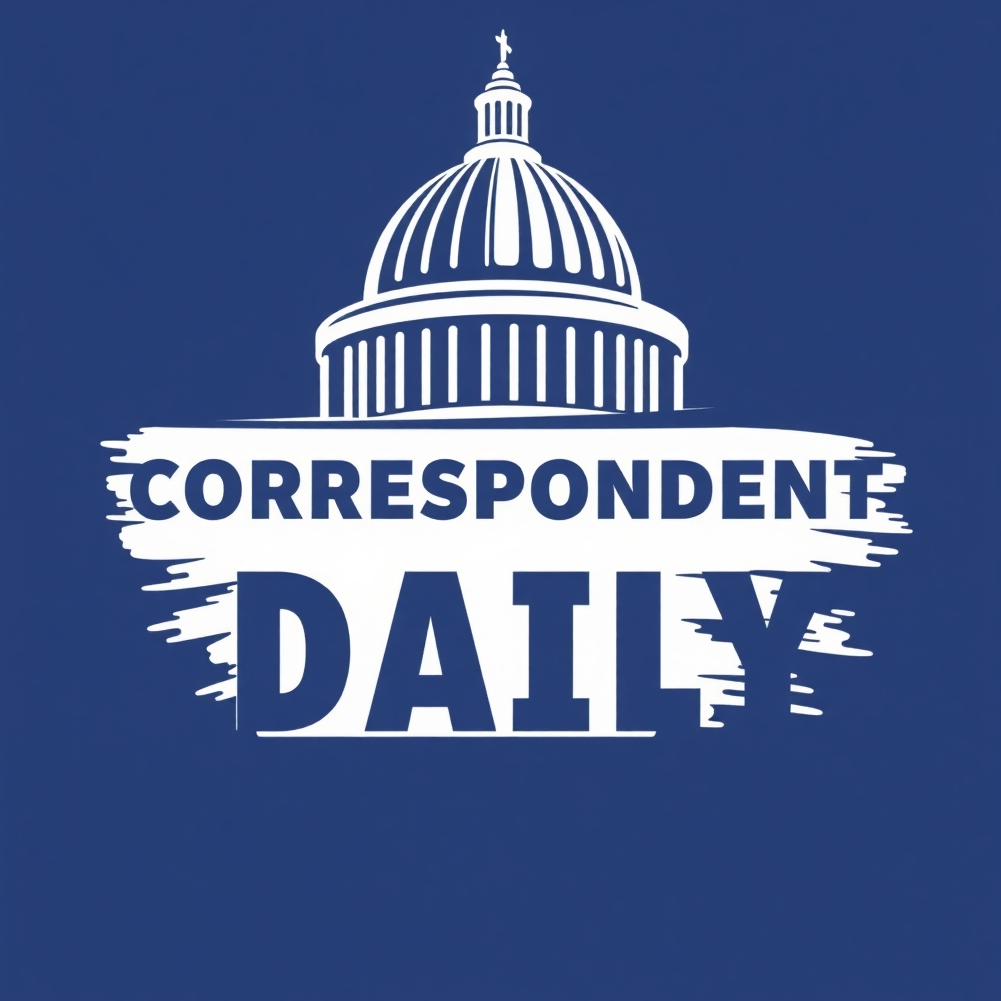
The Curious Case of Flag Burning: A First Amendment Debate
In a recent move that has stirred both political discourse and constitutional scrutiny, President Donald Trump signed an executive order aiming to prosecute individuals who burn the U.S. flag. This declaration may appear straightforward but is layered amid decades of Supreme Court rulings that have firmly established flag burning as a protected form of free speech under the First Amendment. The question arises: what does this new directive truly mean for Trump, the legal landscape, and American citizens?
A Historical Lens on Flag Burning
To fully grasp the implications of Trump’s executive order, one must look back at significant Supreme Court cases that have shaped our understanding of free speech and symbolic acts like flag burning. The landmark case, Texas v. Johnson (1989), reinforced the principle that the government cannot prohibit an expression simply because it is considered offensive. The ruling sided with Gregory Lee Johnson, who famously burned the flag as a protest against the Reagan administration. The court asserted, “If there is a bedrock principle underlying the First Amendment, it is that the government may not prohibit the expression of an idea simply because society finds the idea itself offensive or disagreeable.”
The Mindset of a President: A Study in Authority
While Trump expressed his desire for flag-burning prosecutions, he simultaneously acknowledged the limitations of his power, stating, “I am not a dictator.” This statement raises critical thoughts about the real influence of executive orders and the dynamic between presidential intentions and judicial authority. He indicated that his order for the Attorney General to prioritize investigations into flag burning must remain “consistent with the First Amendment,” a blatant recognition of constitutional boundaries.
Public Sentiment and the Value of Understanding
The public's response to the ongoing dialogue surrounding flag burning is diverse. Many view it as a dire affront to national pride, while others uphold it as a pillar of free expression. The key takeaway here is how this executive order and the surrounding rhetoric highlight significant perceptions regarding patriotism, political correctness, and personal liberties. Understanding these varying sentiments enhances our awareness of the social fabrics woven through political discourse.
The Media's Role in Shaping Perspectives
In a rapidly evolving media landscape, narratives surrounding contentious topics like flag burning are shaped by various media outlets. Each platform presents differing viewpoints that can sway public opinions significantly. News outlets must navigate the delicate balance of presenting facts while acknowledging emotional responses, all while avoiding sensationalism. As consumers of news, it is imperative to critically analyze sources to gain a well-rounded understanding of the issues at hand.
What Lies Ahead? Future Trends in Constitutional Rights
As this issue unfolds, we can anticipate a resurgence of legal challenges surrounding the First Amendment and its interpretations. Trump's executive order could lead to further discussions on the limits of free speech, the role of executive power, and how laws can align with societal values. Observers can only speculate on how future Supreme Court decisions will shape these discussions. With younger generations increasingly engaged in activism, the conversation surrounding the balance of expression and respect for symbols like the flag will likely remain at the forefront of national discussions.
Actions Citizens Can Take
In the wake of politically charged executive orders, informed civic engagement becomes paramount. Citizens should advocate for their views through discussions, local town halls, or forums. Understanding not just the legal aspects but also the societal implications of free speech is crucial for democracy. Attend public discussions, engage with neighbors about differing perspectives, and stay informed through reputable news channels to contribute thoughtfully to this challenging dialogue.
In conclusion, as the nation reflects on the juxtaposition of patriotism and free expression, Trump's executive order becomes a symbolic representation of the forces at play in American governance. The ongoing dialogue offers a rich area of consideration for the public, one that necessitates engagement, understanding, and respect for diverse perspectives. To truly appreciate our rights, we must be willing not just to express our own views, but also to listen and learn from those who challenge our perceptions.
 Add Row
Add Row  Add
Add 




Write A Comment